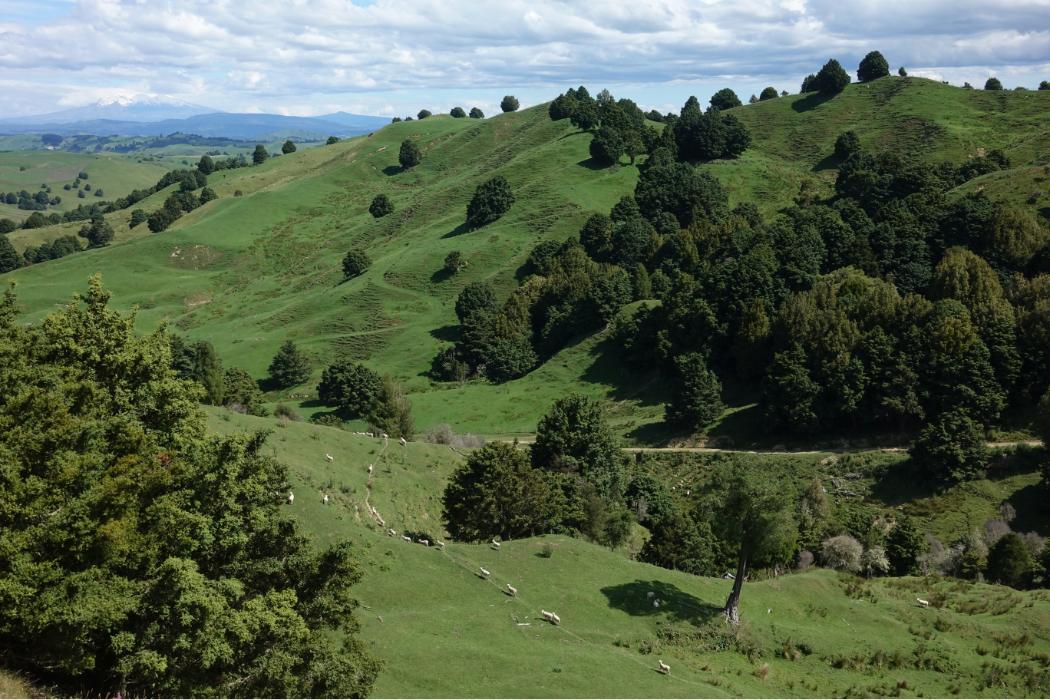Can’t find that page you know is somewhere on the internet? Alan Royal tells how it might be accessed from Wayback.
There are times in our lives where we desperately hope information we had written down many years ago is never recoverable. The alternate view is that there is information we had written down many years ago that we wish we could recover. In the case of the web both scenarios apply.
Much of what is recorded on websites and blogs, many years ago, is relatively easily recovered.
As one who has developed many websites over many years I have had experience of what I hope is never recoverable (embarrassing) and what I hope is still recoverable (thank goodness). For example, in a recent article, I tried to provide both sides of the story on climate change arguments. I warned the editor it would get some negative
reaction. Surprisingly, there was only a positive reaction. When preparing that article I found some of the material I wanted had been removed from the web – the page links did not work (I got the message ‘no such page’). By using readily available tools, you can retrieve much of the material that has ‘mysteriously disappeared’ from the web.
The most common way is using Internet Archive Wayback Machine website at archive.org/web. It is described as ‘a
service that allows people to visit archived versions of websites’. You can type in a web address, search on a date range, and often find an archived version of the website.
Depending on how the original website was structured, you can drill down through linked pages. For example you
can call up the original MeatNZ web page (meatnz.co.nz) and find this 1999 MAF paper, ‘On Farm Estimate of The Impact of El Nino’, at bit.ly/2NCW3Qc. I should add, that often you can do the same through a Google search.
The Wayback Machine is a 279-billion strong as of 2018 (and growing) collection of preserved web pages maintained by the non-profit Internet Archive. Far more than just an archive of the web past, the Wayback Machine is one of the few remaining means by which users can reconstruct the way the internet once was, and hold online content creators
accountable for their past actions. If a particular version of a website has been captured by the Wayback Machine, no amount of updates or changes to the page can overwrite the existence of the first version. No one can sneakily edit the content of a snapshotted article, post, message, or what have you, and then turn around and claim that it’d actually been that way the whole time.
The whole point of the Wayback Machine is supposed to be that it captures things as they are, like they are frozen in
time, a true lawful neutral through and through. Using the Chrome browser you can save any page by going to the browser web page control (the three little dots top right of the screen), select More tools/Create shortcut and a shortcut to that page will be saved on your desktop.
This page bit.ly/2NCZB52 shows other ways, and with other browsers, how to save Wayback machine pages and build an archive of your favourite subjects. There are other tools (bit.ly/2NDNzbH) that allow similar searches to the Wayback machine.
But wait, there is more. The Internet Archive at https://archive.org, another part of the archive site, has a range of other collections. It is also is a non-profit library of millions of free books, movies, software, music, websites, and unique collections so have a look.




